A significant challenge facing many not-for-profit organizations involves determining how much of their resources and expenses go toward each of their projects. Not-for-profits do not necessarily see returns on investment in the same way as for-profit businesses, so they must find other means for tracking the sustainability of their operations. Cost allocation is a method of categorizing expenses or grouping them together for each of an organization’s programs. This can be straightforward when it comes to costs that are directly related to specific initiatives. Other costs, such as overhead, present a challenge since they cover more general purposes for an organization. Several methods are available to help not-for-profit organizations allocate these types of costs. Read on to learn more about them.
Why is cost allocation necessary?
Cost allocation is a critical process that not-for-profit organizations must undertake for various reasons. One of the most significant is the need to report to donors on the organization’s efficient use of funds. In this context, cost allocation helps ensure that donors can track their contributions’ impact and ascertain whether they are being appropriately utilized to support specific initiatives. Additionally, if a not-for-profit receives grant money, it will likely have to provide regular accountings to the grant organization. Cost allocation enables such organizations to provide detailed reports that break down the expenditure of the funds in a transparent and organized manner.
Another key reason why cost allocation is vital for not-for-profit organizations is that it is often necessary for regulatory compliance. For instance, completing Form 990, a tax document that tax-exempt organizations file with the Internal Revenue Service (IRS), requires information obtained from allocating costs. Such documentation is crucial for not-for-profit organizations to maintain their tax-exempt status and avoid penalties that may arise from noncompliance.
What types of costs should an organization allocate?
Not-for-profit organizations should strive to undertake a thorough and comprehensive cost allocation process to ensure that their resources and expenses are effectively distributed across their various programs. Implementing appropriate methods, as described in this article, can help not-for-profit organizations allocate nearly every type of expense that they incur. The following categorization of expenses can help:
Direct vs. indirect costs
The biggest challenge in cost allocation involves costs that are not directly tied to particular programs or activities. “Direct costs” have a direct relationship to an initiative, so their allocation is a straightforward matter. Examples of direct costs might involve a separate marketing campaign for a program or expenses associated with an event in support of that program.
Indirect costs may benefit more than one program or the organization as a whole. Overhead costs, such as rent for an office and utilities, benefit all of an organization’s programs by providing the staff with a comfortable place to work. An organization’s website might constitute a single expense that supports multiple programs. Payroll expenses can benefit some or all programs, depending on each employee’s job duties.
Personnel costs
Expenses directly associated with payroll are relatively easy to allocate. This includes salary, benefits, and related costs. An organization that tracks how its employees spend their time can use that data to help allocate payroll costs. Suppose, for example, that an employee keeps a daily time sheet where they keep track of their time in quarter-hour (15-minute) or tenth-of-an-hour (6-minute) increments. One day, they work a total of eight hours:
- They spend four of those hours, or 50% of their day, working on Project A.
- They spend another two hours, or 25%, on Project B.
- They spend one hour each on Project C and administrative tasks.
- Their weekly salary is $1,000, or $200 per day.
The initial cost allocation for that day’s $200 payroll expense would therefore be:
- Project A: $100
- Project B: $50
- Project C: $25
- Indirect costs: $25
Non-personnel costs
Non-personnel costs represent a critical expense for not-for-profit organizations, and allocating such costs can present a significant challenge. These expenses, which include indirect non-personnel costs such as overhead expenses and general insurance coverage, are more difficult to allocate, making the methods outlined below all the more important.
Grant costs
Costs associated with specific grants can also present additional challenges when it comes to cost allocation. Not-for-profit organizations must account for the use of grant funds in ways that align with the grant requirements while ensuring that cost allocation remains consistent across all programs.
What methods can organizations use to allocate costs?
To overcome these challenges, not-for-profit organizations can use various methods for cost allocation. These methods can be applied to allocate indirect costs, including non-personnel costs and personnel costs that cannot be allocated to a specific project.
Per employee hour
Also known as the full-time equivalent (FTE) method, this allocates indirect costs using the same proportions as employees’ time records. It would use proportions based on all employee records over the length of the organization’s reporting period, such as a month or quarter.
Per dollar of salary
This method would allocate indirect expenses based on the proportion of personnel costs allocated to each project over the month or quarter.
Per square foot
This method could work for organizations that have dedicated space for different projects. The allocation would be based on the percentage of total square footage used by each project.
Per employee
The number of employees involved in each project would determine the allocation using this method. Each project would be allocated in proportion to its number of employees.
Cost allocation is a critical process for not-for-profit organizations that allows them to track the sustainability of their operations and report to donors and regulatory agencies. By implementing appropriate cost allocation methods, nonprofits can ensure that their resources and expenses are effectively distributed across their programs, enabling them to achieve their mission and maximize their impact.
If you have any questions or would like additional information, please contact our not-for-profit practice group.
Related Insights
Featured Post

Featured Client Testimonials
BW is a true partner to us. Their knowledge, expertise, and service are a valuable resource to us and play an important role in our success!
John Allen - Vice President of Finance, Kaufman Container
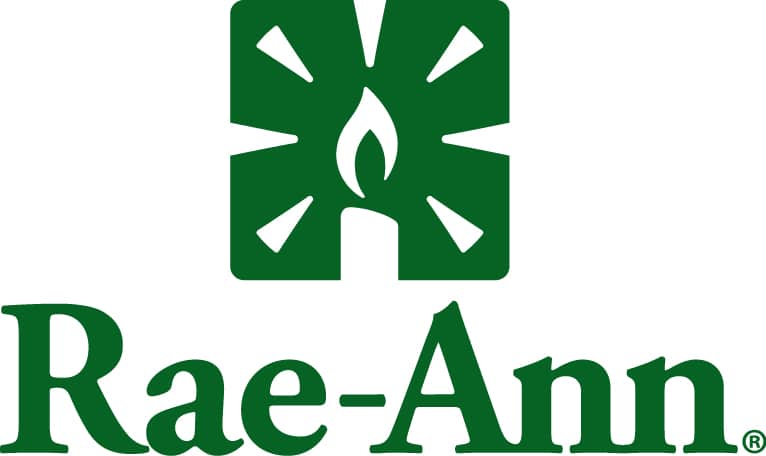
Featured Client Testimonials
I appreciate the exceptional tax advice we received over the years. The (BW team) has a good grasp of our business needs. Thank you for your excellent service.
John Griffiths - Owner, Rae Ann, Inc.
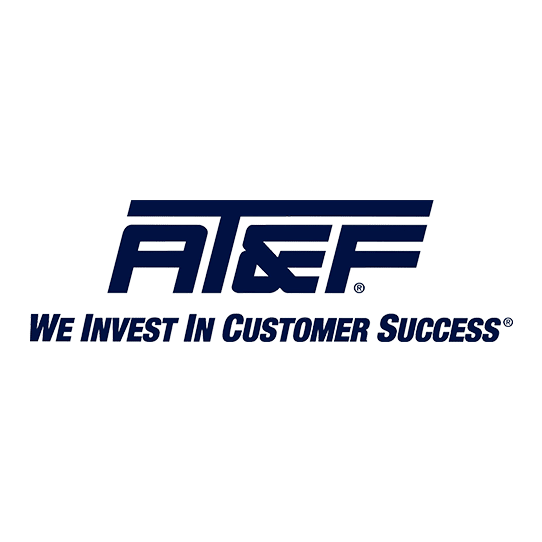
Featured Client Testimonials
Barnes Wendling has been our company accountants for over seven years. Their knowledge has been instrumental in helping us grow strategically during this time. And although we’ve seen many changes in our economy that we cannot control, we’ve always been able to trust the Barnes team to be by our side. The Barnes team feels like family. We can’t thank them enough for their support!
Christine Kloss - Controller, AT&F
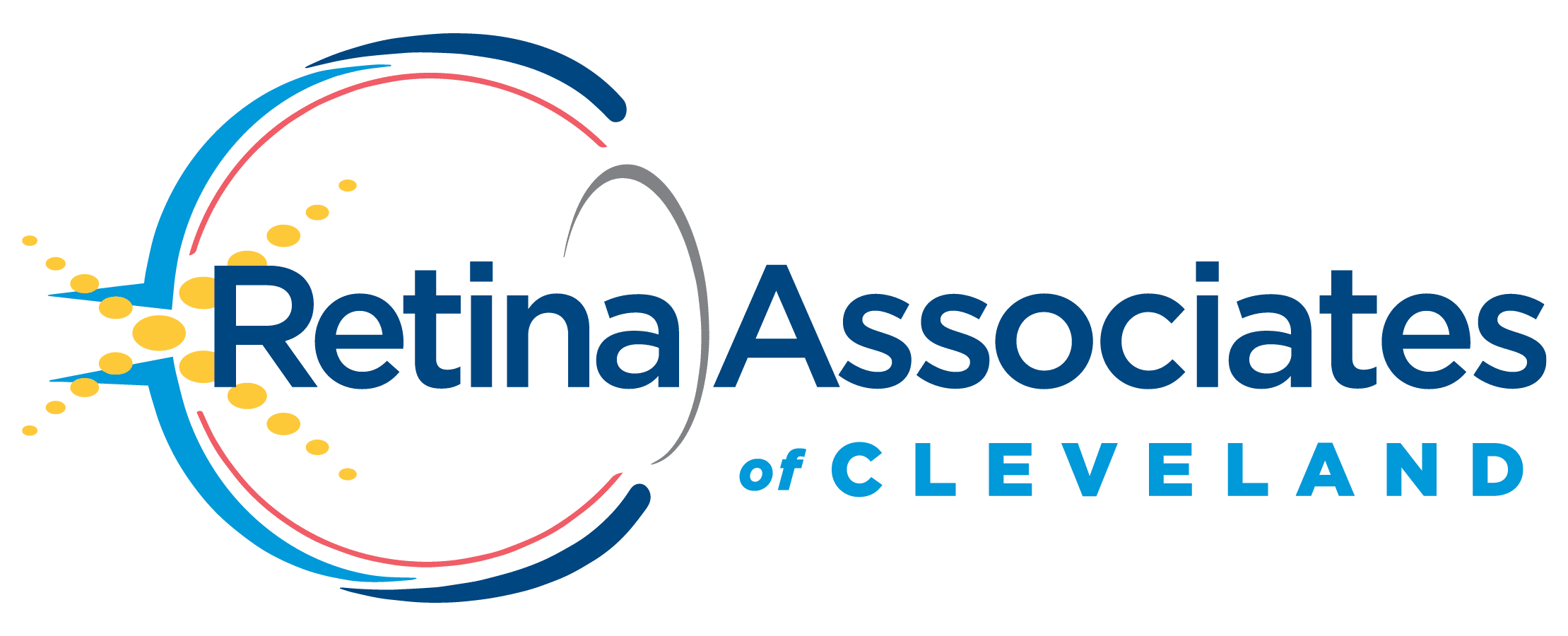
Featured Client Testimonials
Barnes Wendling has been our company accountants for over 15 years. During this time, the business has grown exceptionally, and Barnes has kept pace, providing accurate, quality advice. Our finances are more efficient than ever, and the expense of hiring Barnes has been a definite positive add to our bottom line. I give my highest recommendation to their firm.
David Miller, MD - President, Retina Associates of Cleveland

Featured Client Testimonials
Barnes Wendling has provided us guidance and recommendations that have strategically helped strengthen our business and position ourselves for growth. We needed to hire a new VP of Finance and Controller this past year, and they were instrumental in helping us find the best candidates for our company.
Sara Blankenship - President, Kaufman Container

Featured Client Testimonials
We value the trust, accuracy of information, and reliability of Barnes Wendling and Mike Essenmacher personally. Mike has been instrumental as a trusted advisor on accounting, tax, and personnel issues. His advice is always accurate, and he is very reliable. His associates are also very talented.
Dominic Ozanne - President and CEO, Ozanne Construction Company

Featured Client Testimonials
We value Barnes Wendling’s expertise with all things accounting so we can operate our business using our strengths and allowing them to be our experts. They have also brought me a few business sale opportunities to allow me to grow my assets.
John Gaydosh - President and Metallurgical Engineer, Ohio Metallurgical Service
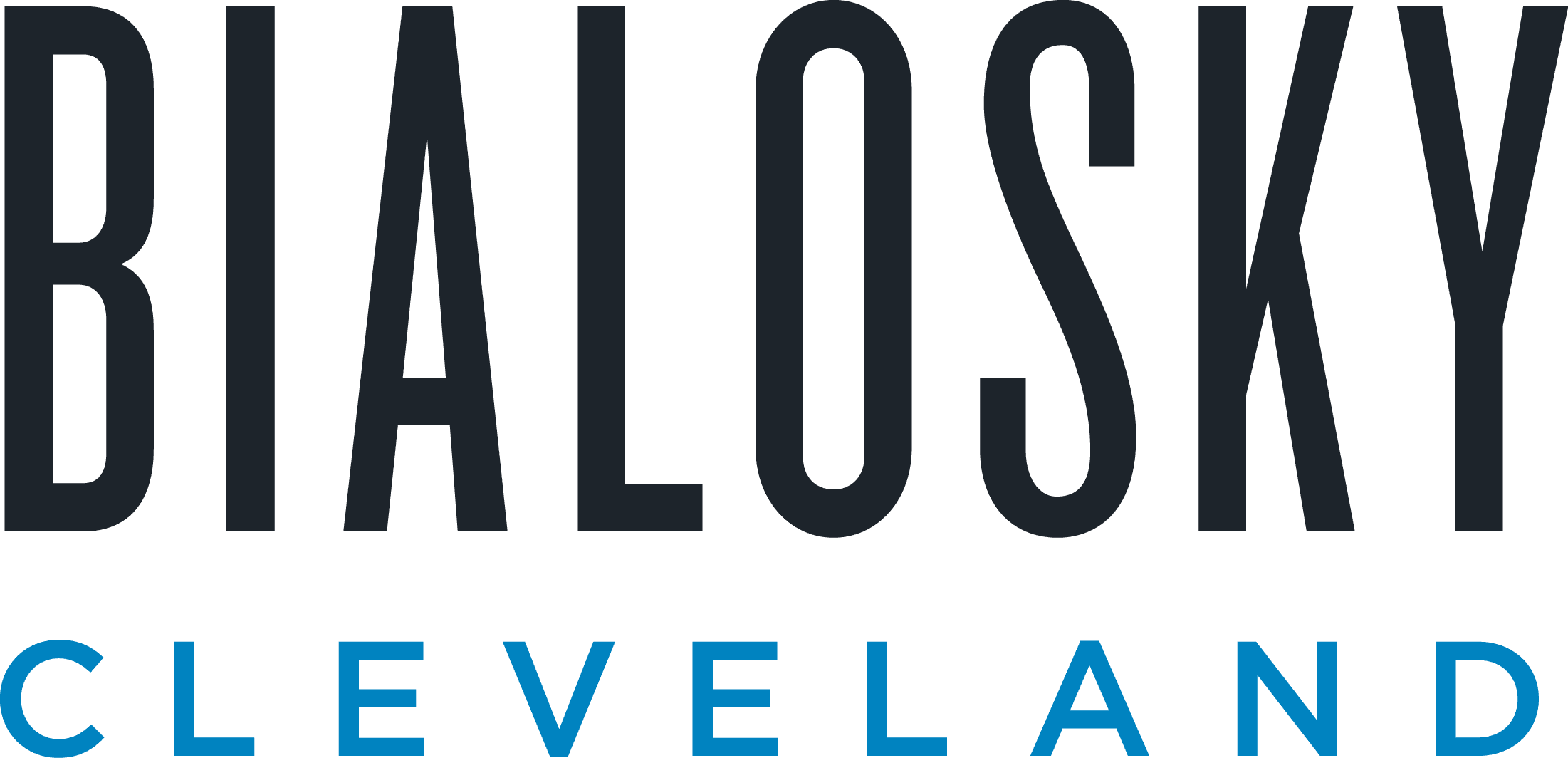
Featured Client Testimonials
Barnes Wendling (especially Lena) did a great job with our financials. Everything. It is extremely refreshing and comforting to know that all of our numbers are not only correct, but they are in the right place(s). Your diligence and reporting truly does make me (personally) feel better.
Thomas Adomaitis - Controller, Bialosky Cleveland

Featured Client Testimonials
I can wholeheartedly tell you that I have yet to work with an audit or tax team that have been more helpful, easy to work with, and committed than the team at Barnes Wendling- I have been through three different firms in the last few years.
Michelle Saylor, Former Controller, Aero Mag
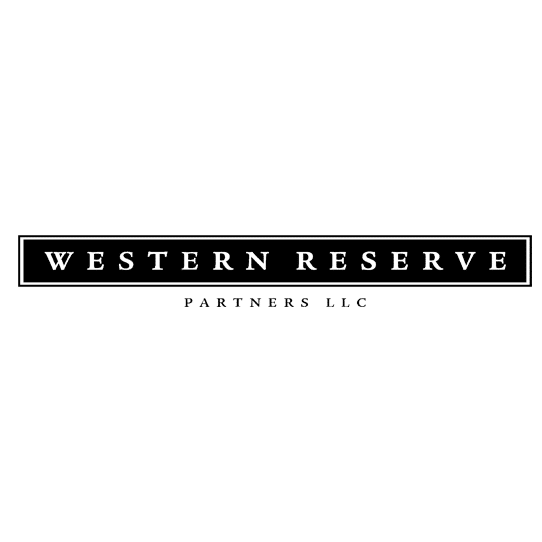
Featured Client Testimonials
Floyd Trouten at Barnes Wendling CPAs is an “expert’s expert” when it comes to M & A accounting. Not only does he understand the evolving details of the Tax Code but he also sees the fine points of their application for owners, managers, investors, and financiers.
Mark A. Filippell, Western Reserve Partners

Featured Client Testimonials
The service is amazing at Barnes Wendling CPAs. The benefit is worth more than the cost. Sometimes it’s true that you get what you pay for.
Mark Boucher - Former Owner, Castle Heating & Air








